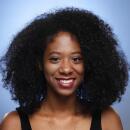How a fine-art photographer recast the lives of exotic dancers through a female gaze
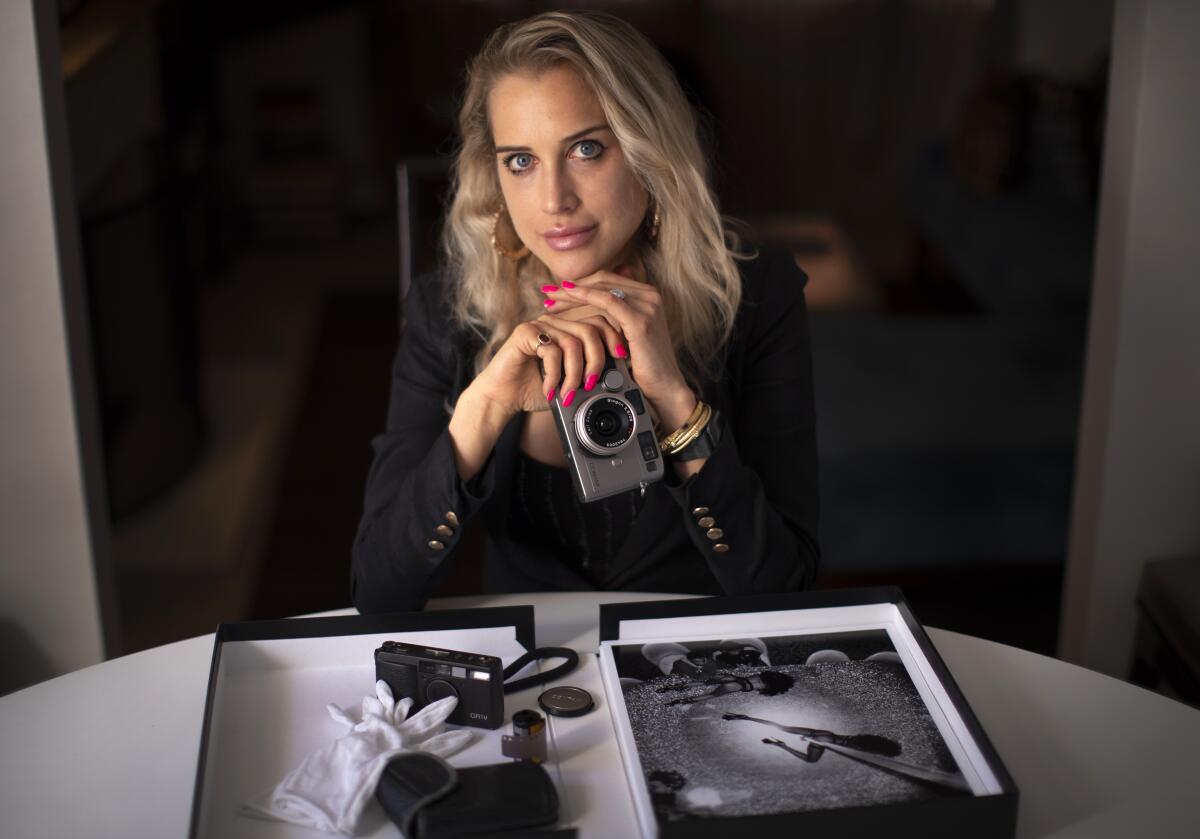
- Share via
Elizabeth Waterman was desperate.
In setting out to photograph exotic dancers for “Moneygame,” her book depicting strippers from a respectful, humanizing and refreshingly female perspective, the fine art photographer never anticipated how many clubs, dancers and publishers would say no.
So she started bringing doughnuts for the bouncers; she won over dancers by helping them gather dollar bills from the stage.
“I just wanted these girls to like me so bad,” she said with a laugh at her book’s launch party in October. “Collecting dollars is a big job. Some of the bigger cities like Miami have full-time busboys who sweep up dollars for the dancers. I just wanted them to know I was on their side.”
“Moneygame: Where Women Rule the Stage,” distributed by the Portuguese publisher XYZ Books, is the product of Waterman’s perseverance. Over the course of four years, she visited more than 30 clubs in New York, Los Angeles, Miami, Las Vegas and New Orleans, gaining her subjects’ trust and shooting them primarily on 35-millimeter and 120-millimeter film.
A portion of sales from the 132-page hardbound book will go to Sex Workers Outreach Project (SWOP), a national nonprofit. Its 76 pictures, also available as prints, are meant to pay tribute to women’s sexuality and offer a corrective to public perceptions of sex workers at large.
“Not everyone has good feelings toward strippers, or they’re threatened by it,” she said. “There’s an undertone of Christian sentiment in this country and unfortunately it’s baked into our culture. But it’s inspiring to be around such a celebration of women’s sexuality. In its best light, that’s what stripping is: women’s sexuality on display and celebrated, decorated and monetized. I think that every woman could use a little bit of that.”
Waterman spoke with The Times at her launch about her artistic process, regional differences in the industry and what she’s learned after spending so many Saturday nights in strip clubs.
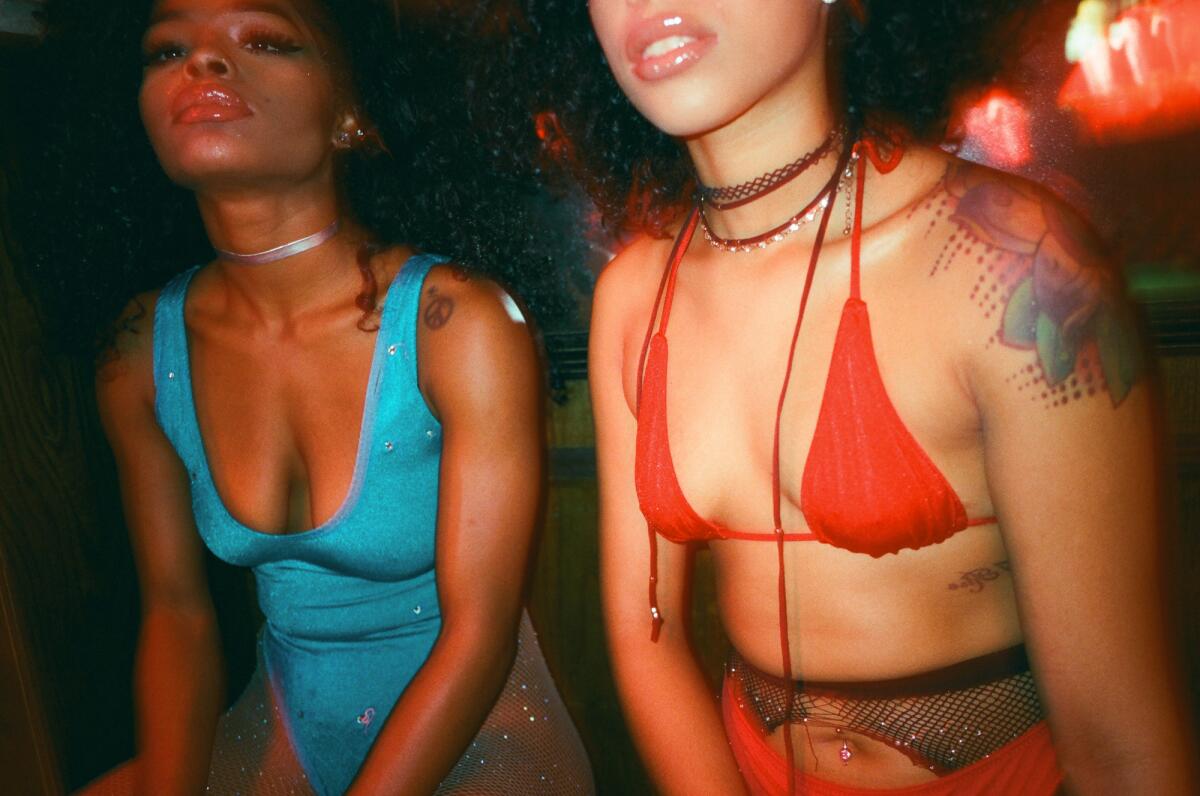
What inspired you to take on this project?
In 2016, I was out late at night photographing nightlife in New York City — drag queens and burlesque dancers. My best friend had stripped in the past and she would tell me these amazing stories. I just thought, “Wow, it’s such a secret community, wouldn’t that be a cool project?” Drag queens are great to photograph, but there’s [so much] competition. No one’s photographing strippers. So I started about a six-month process to get permission to shoot.
What was that like?
It was kind of disheartening in the beginning, but I kept trying because I was inspired by what I saw. It was mesmerizing to watch them. I started in Manhattan, they all said no and then I went into Queens and Brooklyn and the Bronx and I started getting permission. I didn’t even start getting any shots that I really liked until nine months into the project.
What did you learn during your time frequenting strip clubs?
I [learned there are] many types of clubs. There were the gentleman’s clubs in Vegas, which were more of a closed-door/private experience where clients didn’t really want to be seen at all. And I was in party clubs in Miami where the girls were flipping off the ceiling and there were emcees and no private rooms. There were bachelorette parties coming in and [mixed crowds of] women and men and there was music and it was like a dance party.
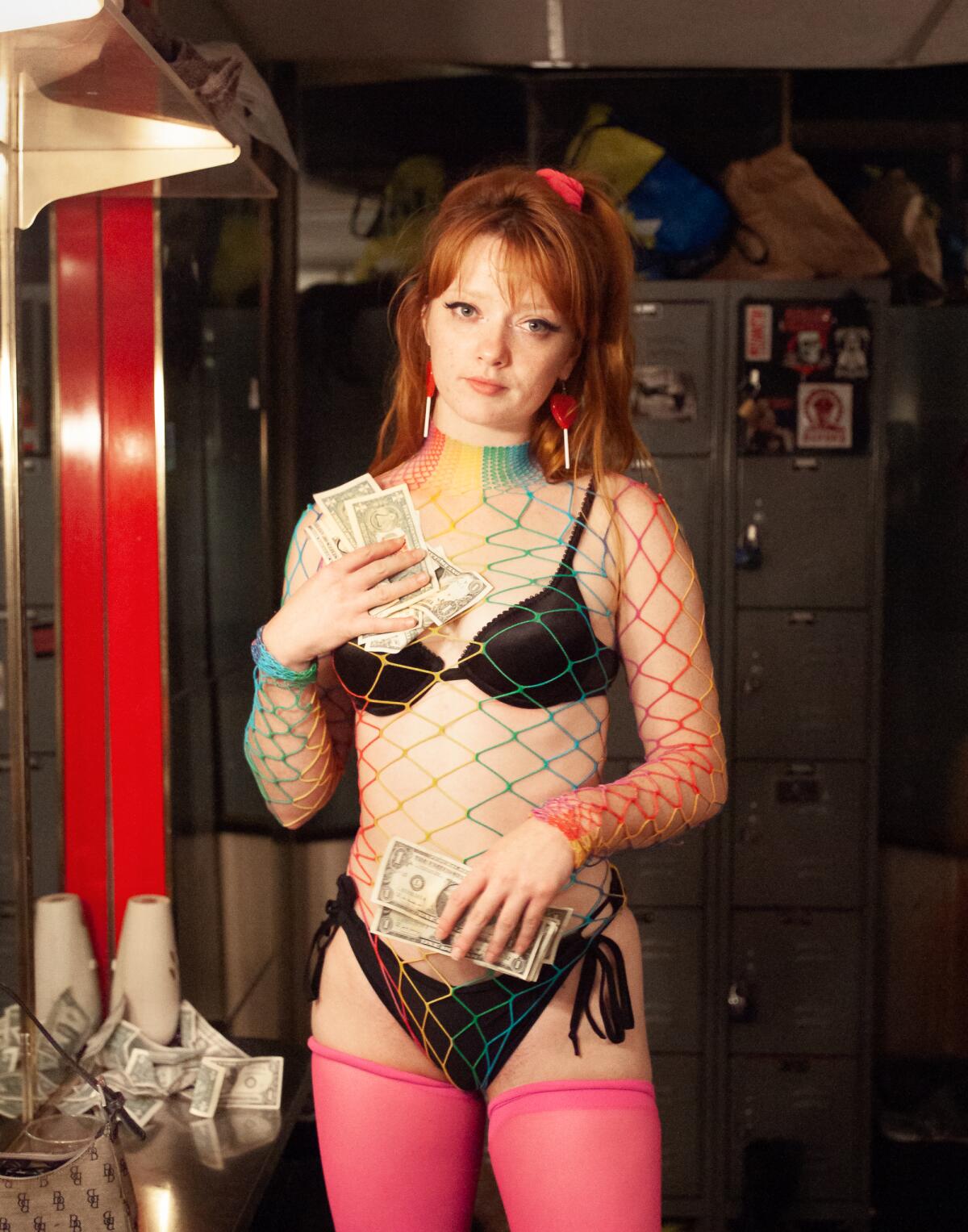
And I learned different ways that women can utilize their sexuality as a commodity under their own terms, different ways that women package themselves, because for every [person] there’s a stripper. You can have the young girl look, or the dominatrix look, you can prefer skinny strippers or heavy strippers with big butts. So there’s really something for everybody.
How did you decide on the clubs to spend time in?
A lot of times it was just the ones that would say yes. There were definitely clubs that had been there a long time that I kind of ended up doing a residency in because they had a really good environment. Sam’s Hofbrau in downtown L.A. has been in business for a very long time. Crazy Girls on La Brea is another one that had a certain stability to it. But some of the best shots I got were [from] clubs that I went to once or twice. The whole opening sequence is from Déjà Vu on Main, which is in downtown LA as well. I was there one night and there’s probably 10 shots in the book [from there]. Sometimes you get lucky.
How difficult was it to get consent?
I think I got better at it. Las Vegas was a challenge because the girls are really there to make money and frankly I was not there forwarding their financial interests. And they knew it, so they were a tough sell. Sometimes it would be one in four or one in six [consenting dancers] in Las Vegas. Some of the more party clubs, maybe it was two in three. New York and L.A. had a lot of party clubs, it was pretty easy.
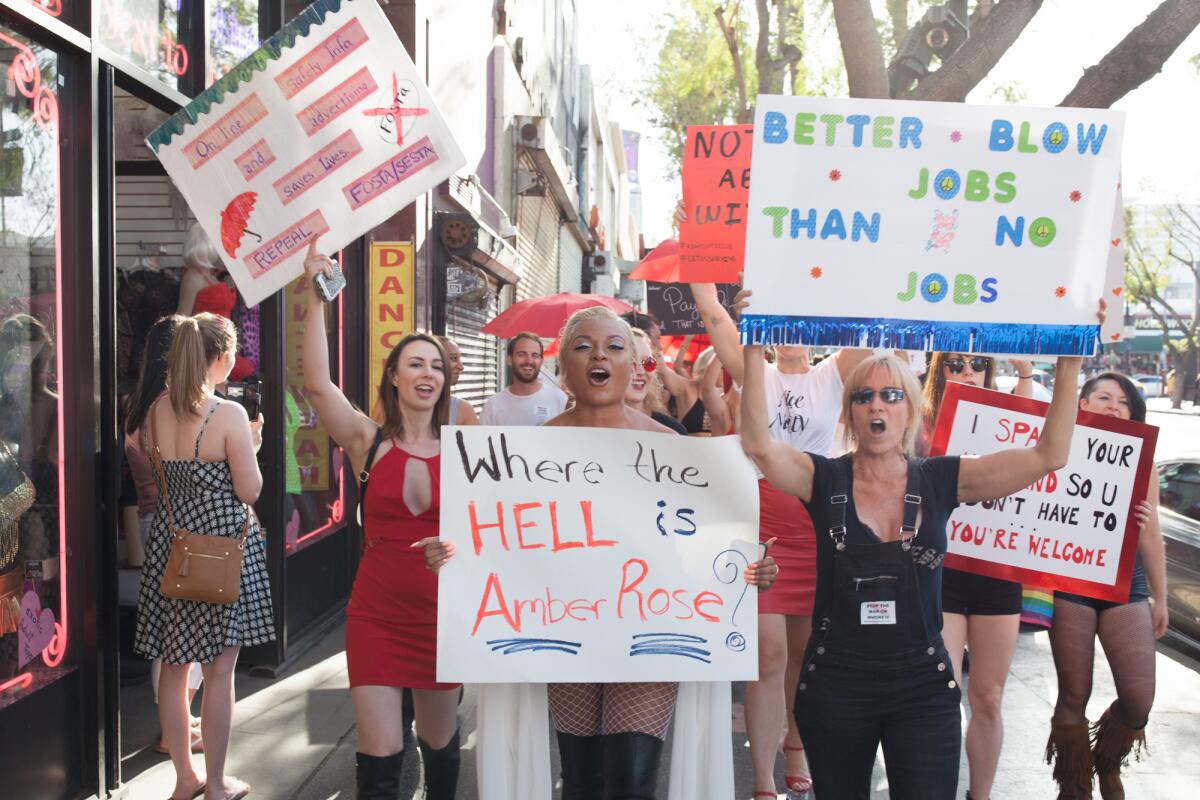
How else did the clubs differ regionally?
Vegas was very commercial. In L.A. I started to get more girls that worked in the porn [industry]. I didn’t experience that in any other city. In New York I encountered more actresses and musicians. I went to New Orleans for the week of Mardi Gras so it was definitely a wild, fun time. And then Miami was utter party. Open until 6 a.m., full nudity, all alcohol. They didn’t have any rules.
What was the most difficult part of putting this project together?
Probably the nos. There were some strip clubs that kicked me out while I was shooting because they thought I was an undercover journalist doing an exposé. Then most publishers in the U.S. said no, which is why I published in Europe, because they were more open. They saw the artistry of it, I think, because regarding sexuality they’re more open-minded.
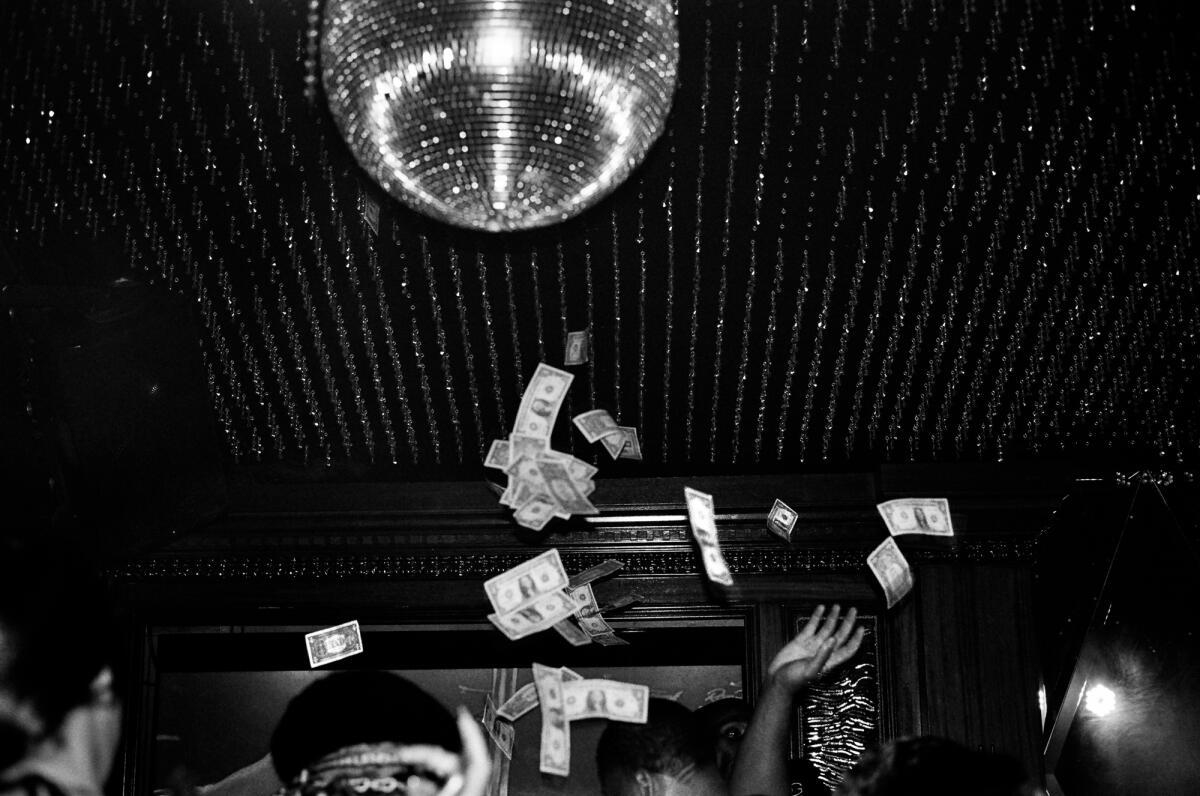
What were the women you photographed like?
A lot of them were creative and entrepreneurial. In most places they’re independent contractors, so they’re living a freelance life. And beyond that, you had a huge range: mothers in their 30s that had three kids, young girls going to school who just did not have the patience for a minimum-wage job. You had girls that were coming in from Thailand who were [reaping] the financial benefits while working toward a green card. You had Instagram influencers who had a million followers and were practically celebrities at the strip clubs. You had girls that were professional pole dancers, were dancing in Snoop Dogg videos and had pole dance studios. And you had women that were running sex worker advocacy organizations that were really like community leaders.
What draws you, more generally, toward capturing artists and performers?
I suppose it alludes to the human potential for transformation. It’s exciting to know that you can be someone else, some way else. You’re not stuck with the way you are, you can decorate yourself and go on the stage of your life. To see a human being spectacular in those moments of athletic prowess and beauty, it’s inspiring. It’s why we go to the movies, because you see the potential and possibilities for what a human being can be.
More to Read
Sign up for our Book Club newsletter
Get the latest news, events and more from the Los Angeles Times Book Club, and help us get L.A. reading and talking.
You may occasionally receive promotional content from the Los Angeles Times.



